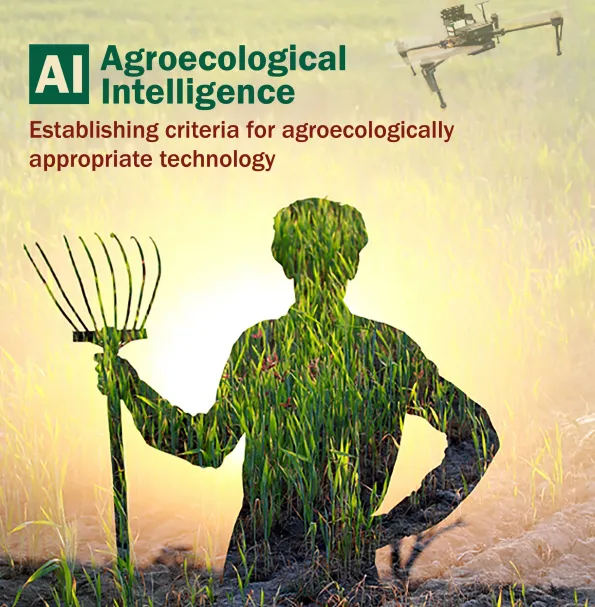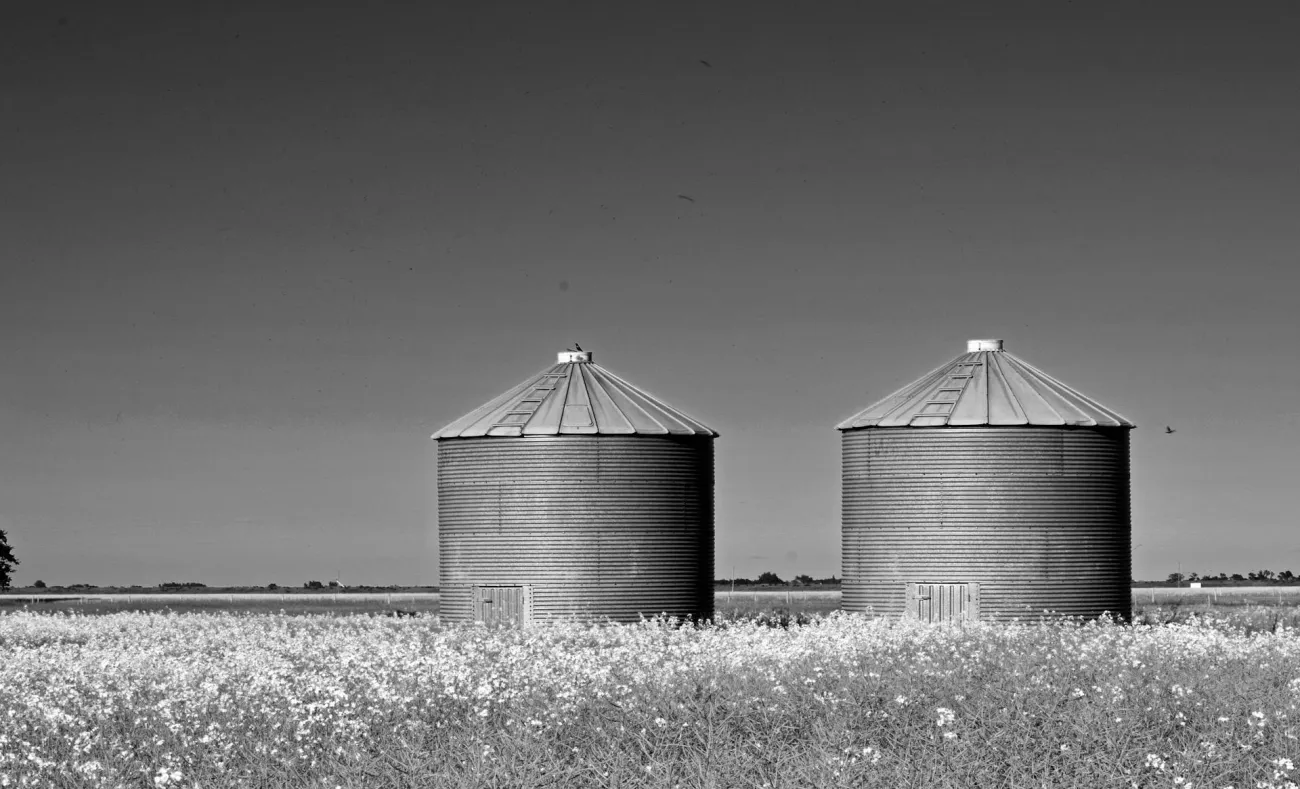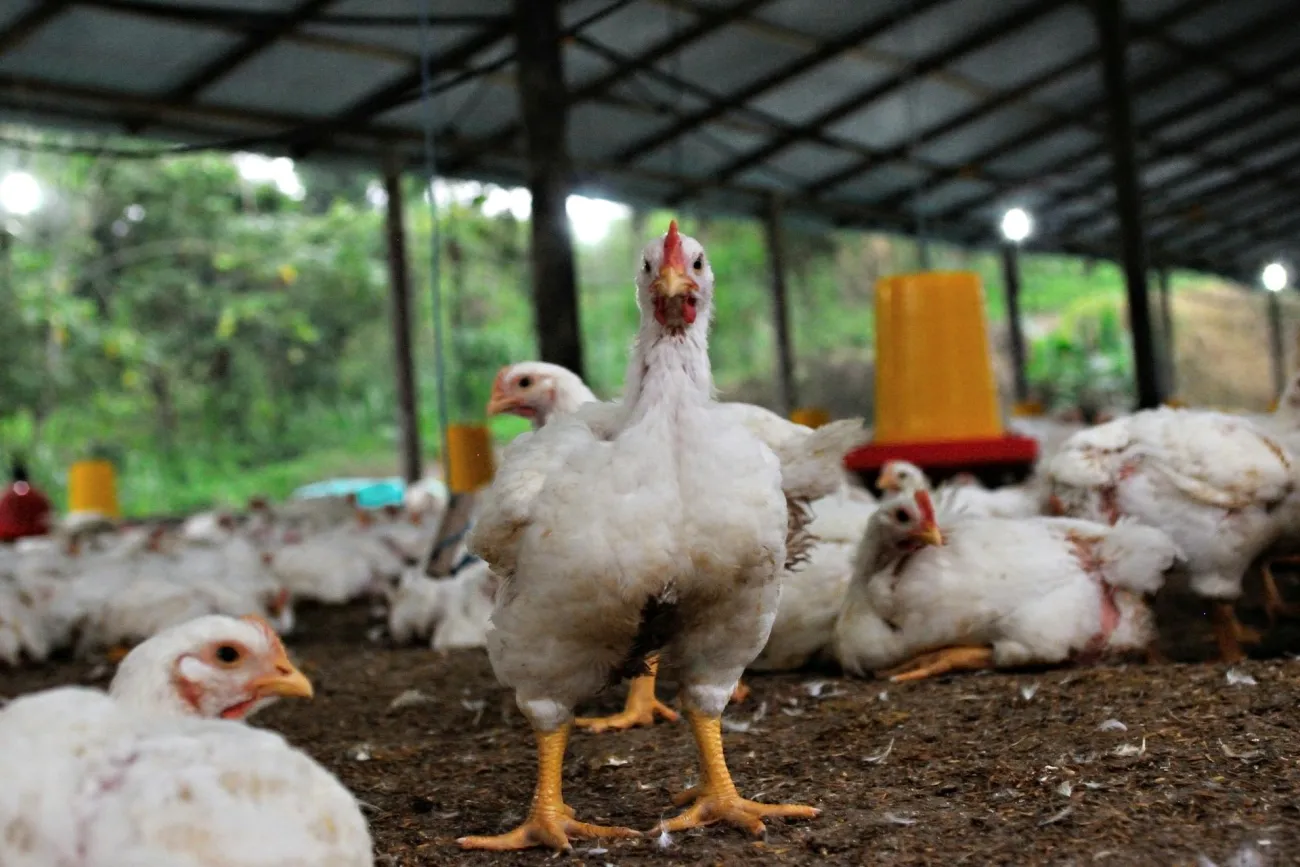This report brings together farmers from a variety of agroecological backgrounds to understand what they may want from new technologies and how they decide which technologies are appropriate for their business. Through a series of workshops this report establishes the main values that underpin the decision making of agroecological farmers and which technologies could fit into this philosophy.

The authors highlight that the majority of political will and power in relation to agricultural transition is directed towards sustainable intensification where improving the environmental credentials of farming is incorporated into the business-as-usual practise of increasing productivity. In the UK, the government has primarily been pushing to strengthen the agricultural technology sector, with little parallel funding for means and methods of agroecological transition. As a result, agroecological farmers are increasingly being lobbied to adopt various technological solutions, with the promise that these will make their farms more productive, profitable or environmentally friendly. However, within the agroecological movement there has been little debate about how such technologies could contribute to an agroecological future and what criteria should be used to make decisions on appropriate technologies.
This report gathered data from a series of workshops with around 50 farmers from mixed agroecological backgrounds (including biodynamic, organic, pasturefed, permaculture) and divergent farm types (horticultural, cereals, mixed, grazing, dairy). The following key values that underpin agroecological farmers’ decision making emerged from the workshops:
- Agroecology as a determining identity: some expressed concerns over the flexibility of the term and a lack of clear definition, although this was also seen as a positive as it allowed a community of like-minded farmers to coalesce around a common goal. However, this creates a tension between regulation and flexibility which may create issues in assessing the suitability of technologies for agroecological systems.
- Connectivity and whole systems: desire to rekindle connection to nature, land, soil, workers, customers and communities were seen as central to agroecology. Technologies, in contrast, were characterised as generally disrupting these connections. Even technologies designed for connectivity were treated with scepticism. For example, digital hubs that make it easier for customers to buy from local farms severed personal relationships.
- Learning from experience and experiments: Learning from the land was a key element of agroecological farming, as well as learning from neighbours. Amassing data through new technologies was not seen as a form of learning. Receiving advice from further afield was portrayed as difficult as farmers are often advised by company representatives whose aim is to sell a product.
- Scale: Agroecological farms are generally small and diverse, whilst participants suggested that the vision of technological farming was more suited to large, industrial monoculture farms. Technologies were generally seen as directed towards yield improvement and scaling up, whilst agroecological farmers were generally satisfied with the scale and yield of their farms, but were more interested in improving the quality of their soil, land and produce.
- Balancing ideology and practicality: Whilst making money was not a main objective, maximising profit is the unfortunate reality of agroecological farming, especially for tenant farmers. Technologies were seen as inherently risky in this regard, because of the high costs of adoption and the uncertainty that they would be economically beneficial investments.
Given these value assumptions, a specific set of technologies emerged as potentially appropriate and beneficial to agroecological farming. Open-source data systems and online marketing were felt to be useful particularly when developed by and for farmers. Data capture technologies were also seen as potentially beneficial, especially to prove the benefits of agroecological practices. GPS cattle collars were already used by some participants, although they acknowledged that this led to a dependence on external companies. Some farmers, whilst being supportive of open pollinated seeds for vegetable varieties, found organic seeds to be either prohibitively expensive or unavailable and so resorted to F1 hybrid technologies. Similarly whilst many dismissed hydroponics because of its lack of respect for soils, some also saw it as a necessary last resort in highly urbanised areas.
Through discussing technologies that may be appropriate to agroecology a series of questions were established that served to assess whether a technology was appropriate:
- What problem is the technology trying to solve? - The participants felt that problems are often constructed by those with something to sell and solutions often produce short term gains at the expense of long term sustainability. For example, automation needs to be balanced with respect for jobs, dignity in work and connection with animals and land. Thus a ‘sweet spot’ needs to be established where technologies enhance rather than take away from the values of agroecology.
- How does it impact farmer autonomy? - Participants were reluctant to embrace technologies that would lead to further concentration of power in the food system as well as technologies that leave farmers dependent on external companies to continue operating and to repair and replace broken equipment. Data collection and ownership was also raised as a concern, with a general preference for open-source technologies especially when these were established by farmers of communities.
- What kind of farming system does the technology support? - It was felt that automation technologies are generally suited to industrial agriculture and monocrops rather than small diverse farms. Some technologies were seen as propping up a broken system, such as gene editing for disease resistance to perpetuate intensive livestock rearing. Overall, it was felt that most technologies were designed to increase the production of food rather than the quality of farming.
Read the full report here and find out more about agroecology in our explainer what is agroecology




Comments (0)